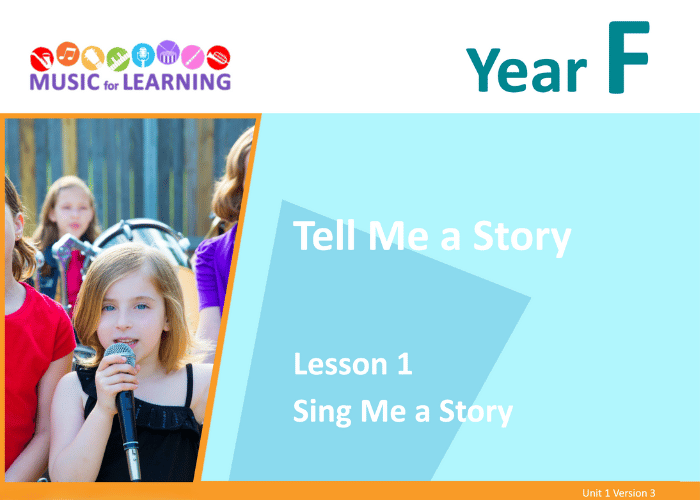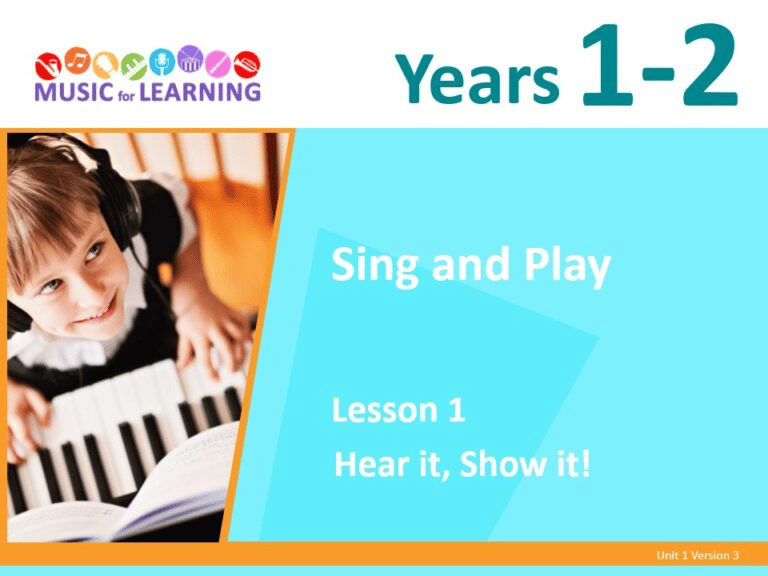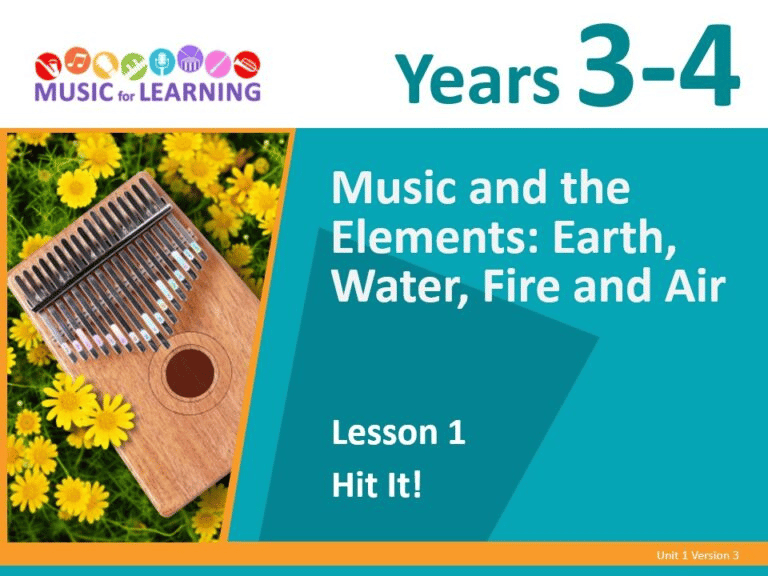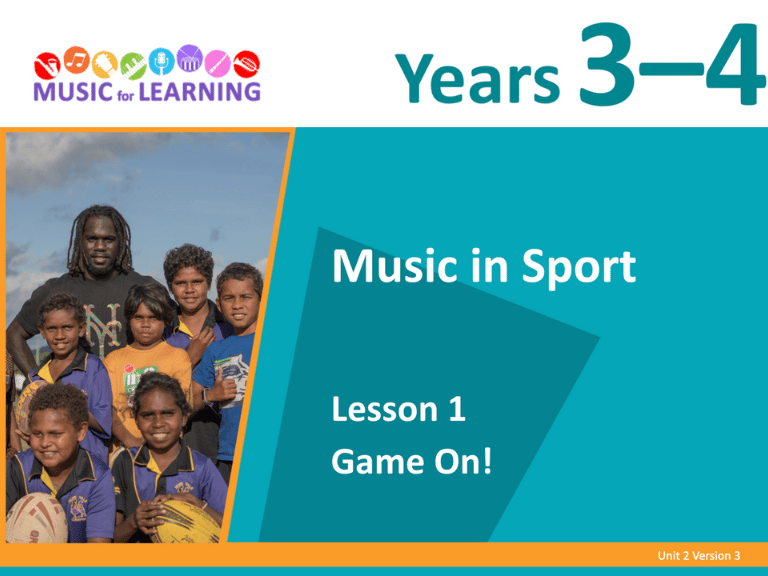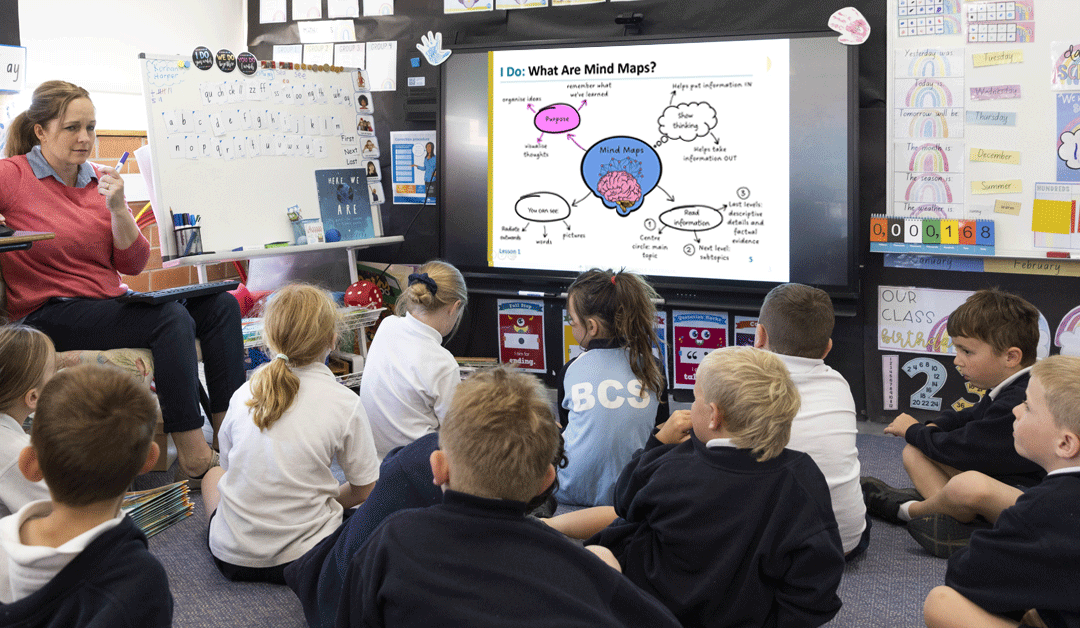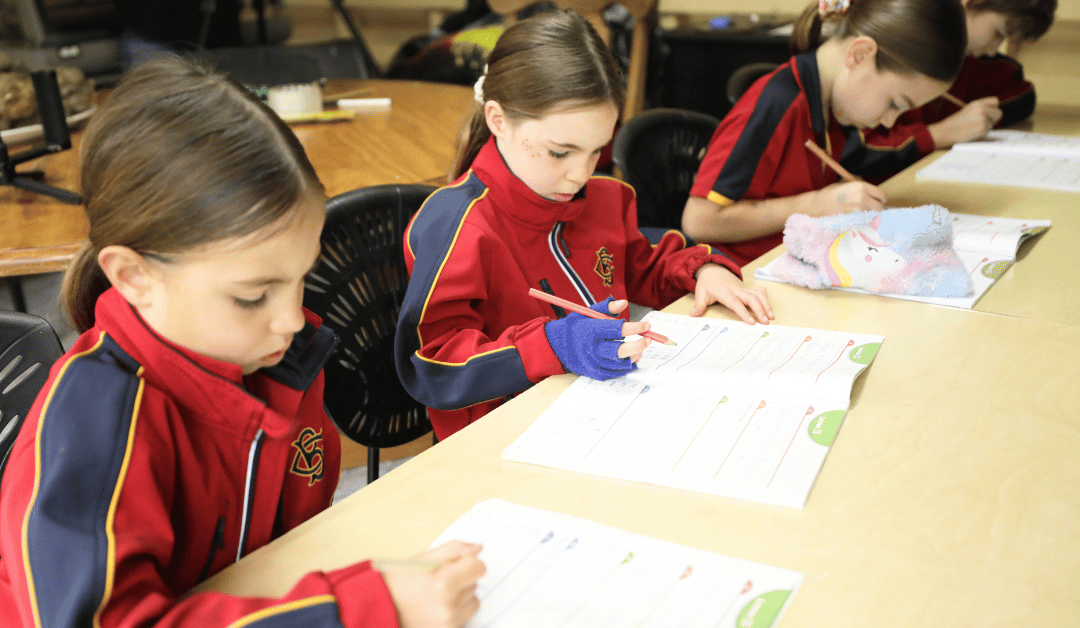If you’ve ever watched a class of young children light up at the sound of a beat or lean in to learn a new song, you know music has a unique power to connect, energise and inspire.
Music education brings a range of other benefits, too. It supports cognitive development, enhances memory and focus, builds social-emotional skills, and sparks curiosity in children across all backgrounds and abilities.
Whether it’s through singing, movement or playing instruments, music injects depth and joy into learning.
Despite the unmistakable value of music, though, schools across Australia continue to face mounting challenges in offering consistent, high-quality music education.
Good to Great Schools Australia (GGSA) is ready to change that. But first let’s take a look at the challenges facing schools.
Facing the Music: The State of Music Education
Recent reports highlight a deepening divide: while 87 per cent of schools now offer music to all year levels, the quality and consistency remain uneven, and access to meaningful programs is far from guaranteed.
One major roadblock is teacher preparation. In the latest NSW-wide survey, more than half (55 per cent) of teachers reported receiving less than 10 hours of music training during their initial teacher education. Most teachers, whether in city schools or remote regions, still feel underprepared, with only 30 per cent of non-specialist teachers in NSW reporting high confidence in teaching music, a number that lags behind counterparts in other states.
The hurdles pile up quickly:
- A shortage of qualified music educators, particularly outside metropolitan areas.
- Tight budgets and limited resources.
- High costs associated with instruments and musical equipment.
- A curriculum crowded with competing priorities.
For busy classroom teachers already pulled in every direction, music frequently slips down the list. A recent national survey of 706 teachers across 95 NSW schools found:
- 69 per cent of teachers place music eighth or lower in terms of subject confidence
- 73 per cent prefer, or are forced, to rely on pre-recorded lessons rather than lead their own
- 75 per cent say they need more expertise, training, and support to deliver effective music lessons
- nearly a third (29 per cent) have no support for music education at all in their schools.
And most worryingly, 73 per cent of those surveyed say music is often limited to just a single hour per week, and, for half of respondents, sometimes only offered for one term each year.
Without well-structured programs or adequate support, music lessons are too often patchy and inconsistent, leaving students missing out on the full developmental benefits that only a strong, regular music education can offer. Singing at assembly certainly has its place, but the proven cognitive, creative and social rewards of real music learning require more time and deeper engagement.
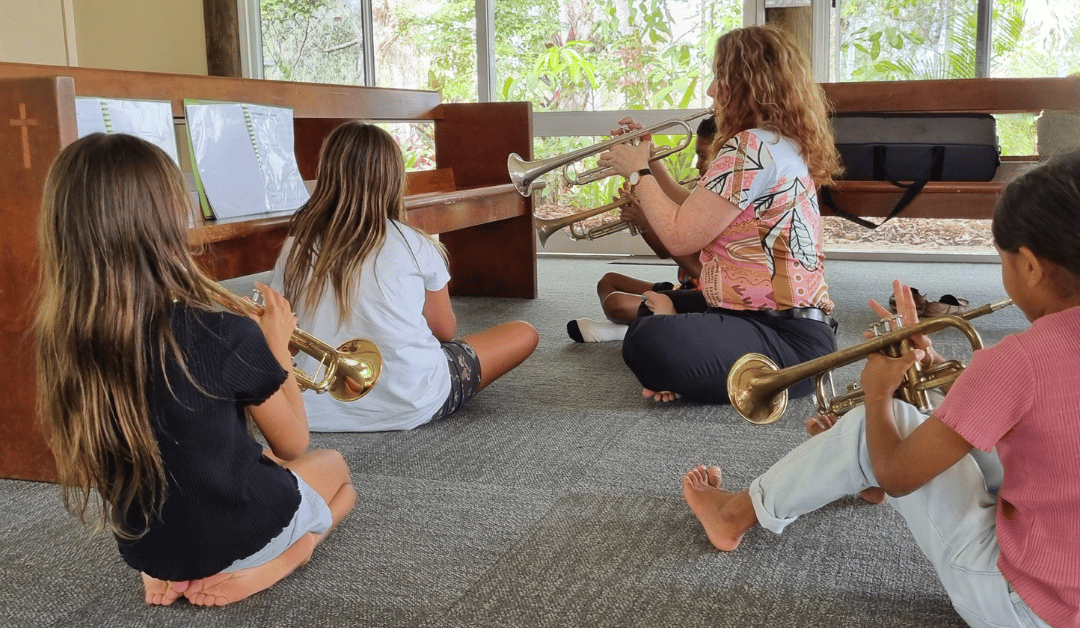
What Students and Teachers are Missing
Let’s be clear, music is far more than a ‘nice’ extra. Regular, cumulative music education is linked to higher academic performance, improved literacy and numeracy outcomes, and increased executive function, memory, creativity and social-emotional skills. But in many schools, music remains reduced to an occasional sing-along or a one-term experiment, not a consistent source of skill-building or creative joy.
Teachers, meanwhile, are expected to deliver music lessons with little preparation, time, or content knowledge. For many, music sits just outside their comfort zone. When music sits too far from the teacher’s own confidence, it simply doesn’t get the time and attention it deserves, no matter how strong their intention.
A Need for Practical, Structured Support
Most teachers want to offer engaging, meaningful music lessons for their students, but don’t feel equipped to do so without reliable, accessible resources. They’re looking for programs that:
- align with the Australian Curriculum (ACARA) and help meet learning outcomes
- are easy to implement, regardless of musical background
- connect music to real-world themes like sport, animals, culture, and community
- build student confidence and creativity step by step.
Above all, Australia’s teachers need a pathway to confident, effective music teaching, one that doesn’t ask them to ‘know it all’ or become experts overnight.
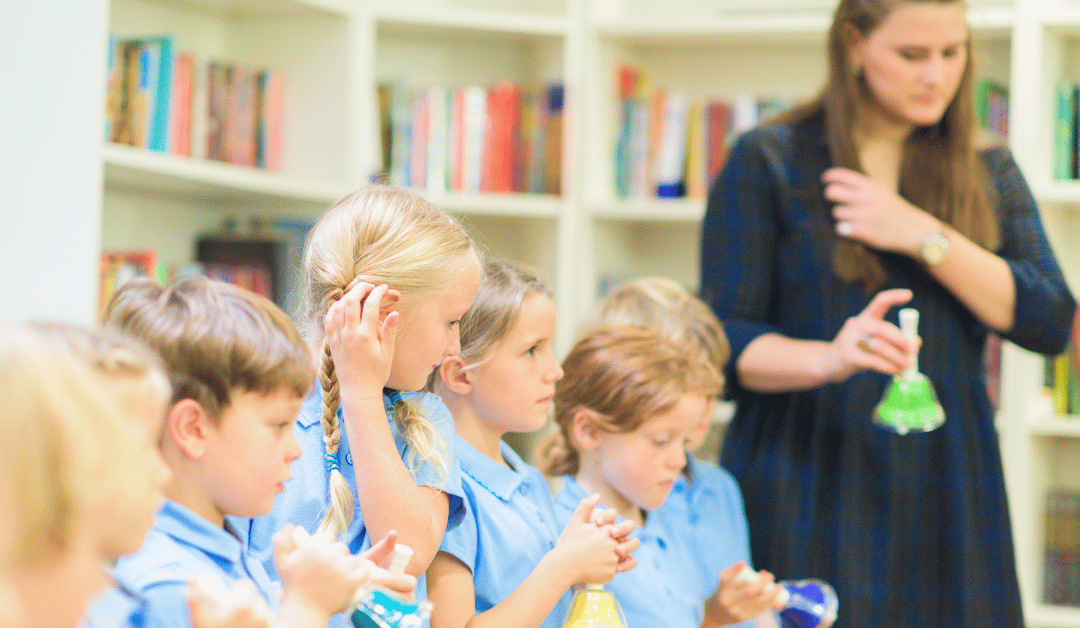
Why Quality, Structured Music Learning Matters
The benefits of music education are clear in research. Quality music programs:
- boost executive function, memory, and language: Learning to listen, copy rhythms, and create music builds focus and sharpens brain pathways that transfer into other learning.
- increase creative and critical thinking: Students learn to problem-solve, experiment, and express ideas in new ways, creativity that impacts every subject.
- grow social and emotional skills: Playing together and performing develops teamwork, resilience, and self-confidence.
- encourage cultural curiosity and belonging: By exploring music from around the world and across Australia, students deepen their understanding of culture, history, and community.
Yet, when music is not built into the curriculum in an intentional way, these benefits are often lost. Studies prove again and again that children who participate in sustained, cumulative music education from lower primary through secondary achieve significantly better academic, personal and social outcomes than those who do not.
The Solution: Music for Learning
Good to Great School’s Music for Learning curriculum is an answer to all these challenges. Created with teachers in mind and aligned to ACARA, it’s a practical, evidence-driven program that provides everything you need to bring music to life in any classroom.
Where teachers feel supported with step-by-step programs, evidence shows higher student participation, increased self-esteem and self-expression, and stronger academic outcomes.
How Music for Learning Works
Teaching Guides and Support Packs: You don’t have to be a musician, just enthusiastic and willing. Detailed teaching guides provide clear instructions, scripts to accompany lesson slides and practical activity notes, guiding you every step of the way.
Structured, scaffolded lessons: Each topic follows a systematic, incremental approach, starting with foundational musical elements like rhythm and pitch, then layering in more complex skills like composing, harmony and group performance. Lessons are active and hands-on, using singing, movement, body percussion and simple instruments so every child, and every teacher, can participate, regardless of background or budget.
Student Workbooks and Activities: Students engage in interactive, creative tasks, body percussion, keyboard, ukulele, singing, composing, and group performance, all designed to help them express themselves and build knowledge incrementally.
Built-In Assessments: Each unit has formative assessments integrated, allowing you to track student progress and provide feedback without added workload.
Real-World, Relevant Themes: The themes are designed to spark engagement and connect music to students’ communities and interests. In foundations, students explore ‘Music and the Animal Kingdom.’ Older year levels dive into ‘Music in Sport,’ ‘Contemporary Indigenous Music,’ and world music, building empathy and understanding while learning musical concepts.
Curriculum by Year
Below is an overview of the Music For Learning curriculum by year level. All lessons align with ACARA requirements, including its cross-curricular priority areas of Aboriginal and Torres Strait Islander Histories and Cultures, Asia and Australia’s Engagement with Asia, and Sustainability, using music as a tool to help teach a better understanding of these areas. A scaffolded approach to concept introduction and development supports student learning both within the grade level and as the student progresses.
Foundation
Students develop an understanding of basic musical elements like rhythm and pitch through engaging activities. They explore sound using their voice, body percussion and found objects, building confidence in making and responding to music. Students learn through songs based on so-mi patterns and ta and titi rhythms.
This unit aligns to the Australian Curriculum, Version 9: AC9AMUFE01, AC9AMUFD01, AC9AMUFC01 and AC9AMUFP01.
Year 1
Students deepen their understanding of musical concepts by experimenting with patterns and melodies. They use simple instruments like the ukulele to perform and create music, fostering collaboration and creative problem-solving. They will focus on music notation through graphic representation, with a focus on rhythmic units ta, titi and za, and the pitch set, s-m-l.
This unit aligns to the Australian Curriculum, Version 9: AC9AMU2E01, AC9AMU2E02, AC9AMU2D01 and AC9AMU2C01.
Year 2
Students expand their musical knowledge by learning about dynamics and tempo in group activities. They work on composing and performing musical pieces, culminating in group projects that integrate storytelling and music. They focus on the sound production of a wide variety of instruments and how the timbre of a sound can be changed. They learn to express their own voice and ideas in performing. Students will explore a variety of repertoires to build their music literacy skills by focusing on rhythmic units ta, titi and za, as well as the pitch sets s-m-l and s-m-l-d.
This unit aligns to the Australian Curriculum, Version 9: AC9AMUFE01, AC9AMUFD01, AC9AMUFC01 and AC9AMUFP01.
Year 3
Students explore rhythm and melody by experimenting with musical patterns. They learn to perform and compose using voice, body percussion and instruments, focusing on coordination and timing. They focus on repertoire written about our solar system and learn how to perform and compose an ostinato. Students explore a variety of repertoire to build their skills in music literacy with a focus on rhythmic units ta, titi, za, ta-a, and pitch sets d-r-m and d-r-m-s-l while learning to express their own voice and ideas in performing.
This unit aligns to the Australian Curriculum, Version 9: AC9AMU4E01, AC9AMU4E02, AC9AMU4D01, AC9AMU4C01 and AC9AMU4P01.
Year 4
Students deepen their understanding of musical elements, including dynamics and harmony. They engage in creative group performances, blending different sounds to craft unique compositions and enhance teamwork skills. They focus on music written about, or inspired by, visual artworks. They learn through singing, notating and creating music in response to an artwork. Students are introduced to low la.
This unit aligns to the Australian Curriculum, Version 9: AC9AMU4E01, AC9AMU4E02, AC9AMU4D01, AC9AMU4C01 and AC9AMU4P01.
Year 5
Students build advanced skills in composing and performing, exploring more complex musical structures. They experiment with storytelling through music, using their voice and instruments to convey themes and emotions. They focus on understanding the science behind sound production, learning new rhythmic units in simple time (tikatika, ti-tik and tika-ti), recognising and notating new pitch, fa, and expanding their knowledge and understanding of music vocabulary, including anacrusis, ostinato, round and harmony.
This unit aligns to the Australian Curriculum, Version 9: AC9AMU6E01, AC9AMU6E02, AC9AMU6D01, AC9AMU6C01 and AC9AMU6P01.
Year 6
Students refine their musical abilities by incorporating tempo, timbre and advanced compositional techniques. They collaborate on group performances that integrate multiple elements, culminating in musical storytelling projects showcasing their creativity and understanding. Students explore a variety of repertoire to build their skills in music literacy and aural perception, while learning to express their own voice and ideas in performing and evaluating music they make and music by other composers.
This unit aligns with the Australian Curriculum Version 9: AC9AMU6E01, AC9AMU6E02, AC9AMU6D01, AC9AMU6C01 and AC9AMU6P01.
Tips for Engaging Students with Music
Want to make the biggest impact? Here are practical ways to enrich your students’ experience:
- Use rhythm and beat games to build class unity and concentration.
- Connect lessons to students’ daily lives, sports, pets, family celebrations, and local stories.
- Make every activity hands-on: bring in singing, simple instruments, movement, and group creative tasks.
- Encourage group performances and moments of creative expression.
- Link music learning to topics across the curriculum: connect it to literacy, history, cultures, and wellbeing.
When music is taught this way, students not only develop musical skills but also nurture creativity, resilience, collaboration, and focus, character strengths that show up in every area of their learning and life. And teachers can bring music to life without the burden (or panic) of having to be the ‘expert’ in the room.
The Value of Music for Learning
Music for Learning makes it possible for every teacher to deliver inspiring, curriculum-aligned lessons, even with limited time, budget, or prior musical training. The lesson plans, resources, and assessments are all ready to use, removing the barriers that have historically made music ‘someone else’s subject.’
Students benefit from rich, systematic learning experiences. Teachers grow in confidence lesson by lesson, supported every step of the way. The entire school community benefits from music that is lively, creative, inclusive, and tied to real achievement.
Music as Every Child’s Superpower
Music education is a ‘superpower’ that boosts students’ cognitive, social and emotional learning – often without students even realising it. While many teachers lack confidence when it comes to teaching music, an expert-written, evidence-based curriculum is available to all schools. Without action, today’s young students could miss out on the life-long benefits of music, leaving gaps in academic potential, social and emotional literacy, and personal well-being.
Are you ready to make music the highlight of your classroom? Music for Learning Unit 2 is here, with inspiring lessons, easy-to-use resources and activities that will have your students (and you!) clapping, creating and performing with confidence.

About Julie Grantham
Julie Grantham brings more than 40 years of experience in education as a teacher, principal and senior public servant, including three years as Director-General of the Queensland Department of Education.
During her leadership, Queensland’s state school results consistently improved and teaching and learning practices were strengthened through the introduction of world-class benchmarking.
Julie also led major reforms requiring every Queensland school to define and implement evidence-based pedagogical practices tailored to their context.
Today, as Director of Schools at Good to Great Schools Australia, Julie works with schools and education systems to design and deliver programs that ensure every student has the opportunity to succeed. Be sure to catch Julie each week as she hosts the Good to Great Schools Webinars. For more information, click the link below.

